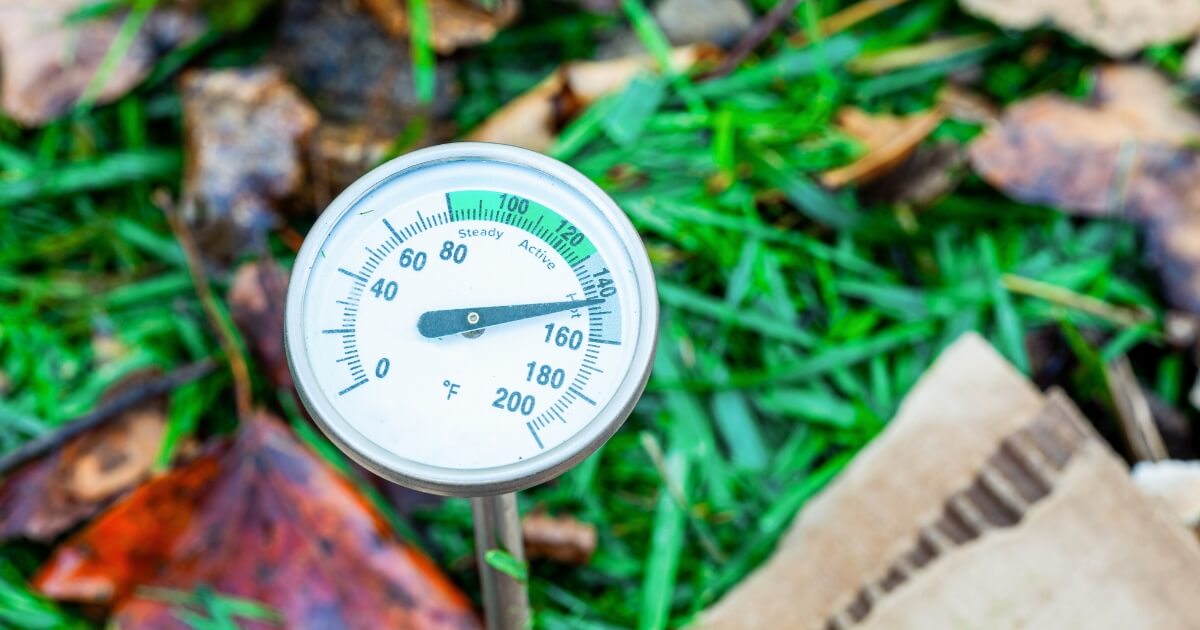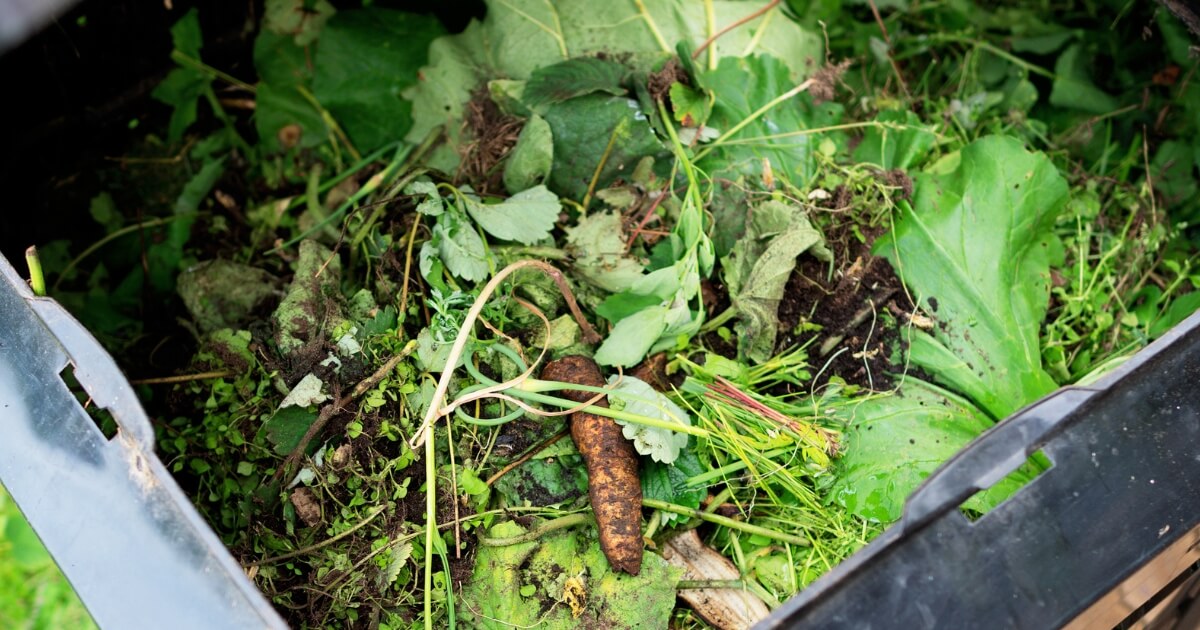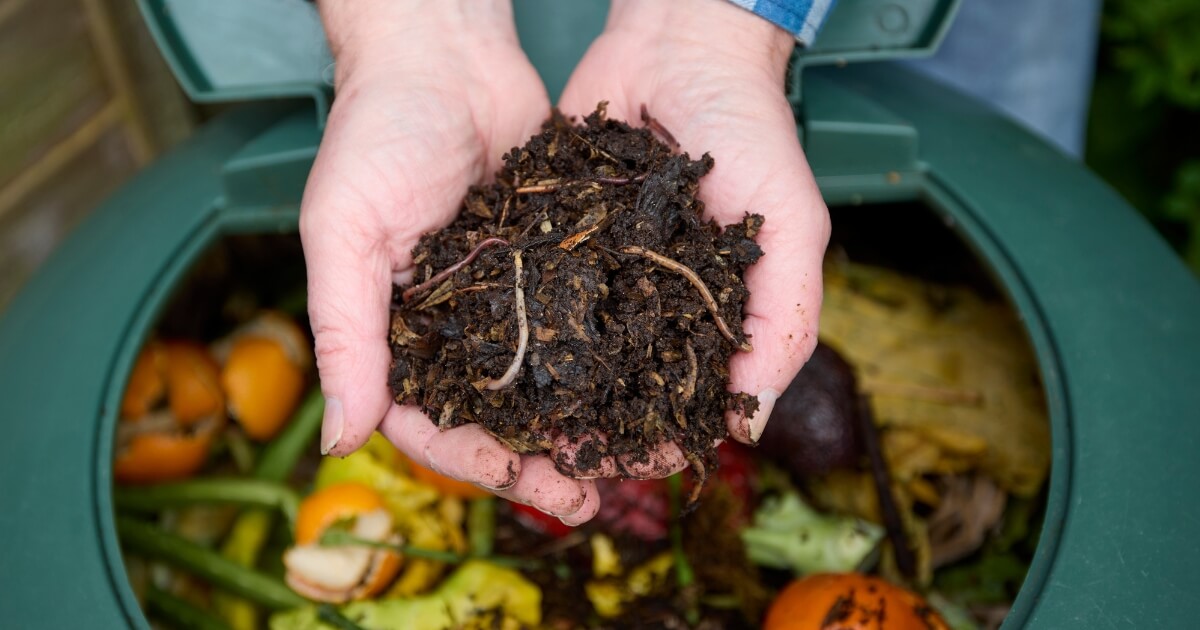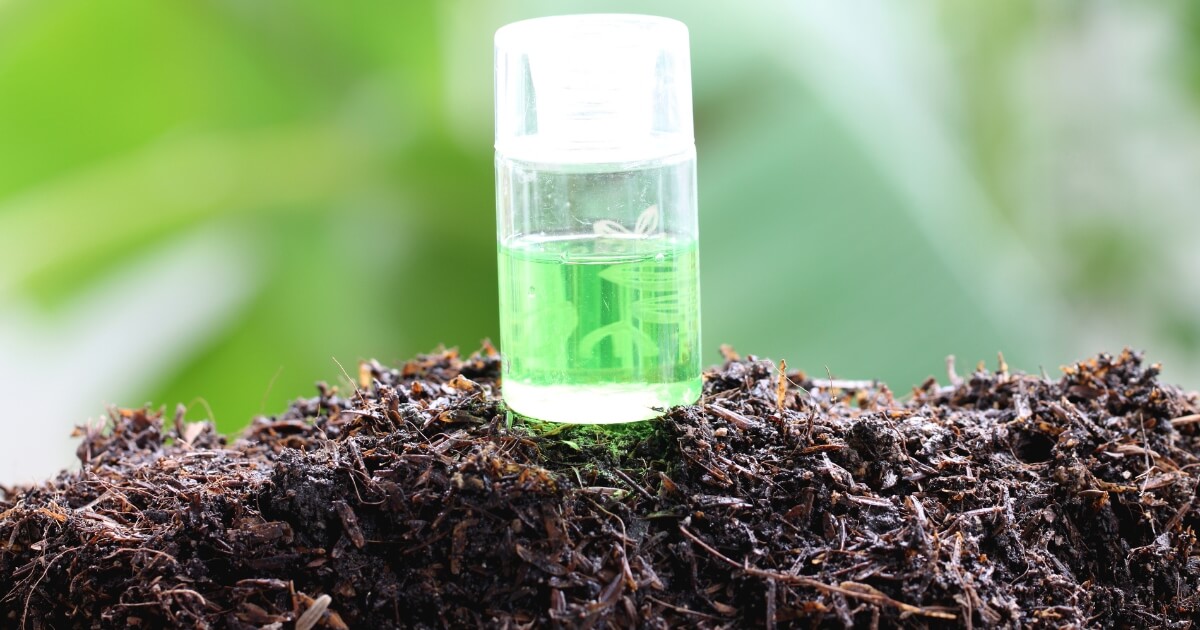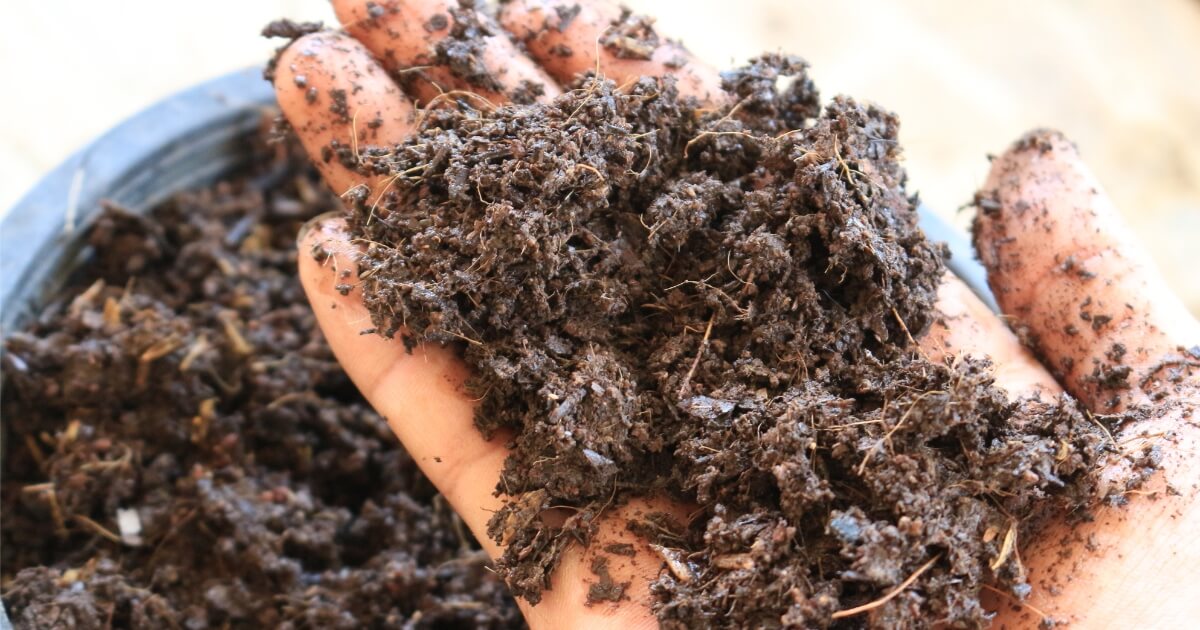Do you want to reduce more of your household waste, but are unsure if it’s safe to compost tissues and napkins?
The answer is yes; you can safely compost most tissues and napkins as the material is biodegradable.

Find out more about the compostability of tissues and napkins, as well as how long they take to decompose, and the right way to compost them in this quick guide.
Stop adding extra garbage to local landfills and learn which tissues and napkins you can safely add to your home composting system!
Are Tissues Compostable?
Facial tissues are made of paper and are perfect for composting. The material breaks apart easily and also works to absorb moisture, which helps keep your compost in balance.
You can accelerate the decomposition of tissues by shredding them up before adding them to your compost bin or pile.
You may wonder if it’s safe to compost used tissues that may have bacteria or viruses on them from bodily fluids. Or even facial tissues you use to clean up greasy messes like lotion or oil.

When it comes to germs and saliva, blood, mucus, or other bodily fluids on a used tissue, it’s typically safe to add small amounts to the compost since all are still organic and will break down.
A large amount of heavily soiled tissues from a transmissible illness should be avoided in standard composters since some pathogens can survive for a week or two and possibly contaminate animals or humans that come in contact with the compost.
The good news is that a Bokashi composting system is perfectly safe for any type of body fluids since the fermentation creates a highly acidic environment that will kill any harmful pathogens.
Grease or oil on tissues shouldn’t create an issue if the additional material is sporadic. Fats and grease take longer to break down, but they will over the time it takes the compost to finish.
Are Napkins Compostable?
You can easily compost paper napkins, just as you would tissue. Napkins tend to collect more food remnants and grease, but in moderate quantities, they can make a safe addition to your compost bin.
If you’re having a large party, do your composter and the environment a favor and avoid using decorative napkins that use heavy dyes or ink, which add unwanted chemicals to your compost.
Small amounts will dissipate within the compost, but large quantities could upset the delicate balance a well-run composting system needs.
How Long Does It Take For Tissues And Napkins To Decompose?
If you toss a full tissue or napkin into your compost pile or bin, it should take no longer than a month to decompose if conditions are right.
The carbon to nitrogen ratio, as well as temperate, moisture, and turning, contribute to a faster breakdown of materials.
Napkins and facial tissue (even the plain tissue paper for gift wrapping) come from wood or recycled wood and paper products that are readily biodegradable, which makes them disappear fast inside your composter.
You can increase the decomposition process of used tissues and napkins by shredding them up before adding them to your compost. Smaller pieces should break down in around two weeks.
How To Compost Tissues And Napkins
To compost tissues and napkins correctly, follow this method:
Balance The Ingredient Ratio
Tissues and napkins are a brown compost ingredient that provides carbon to the mixture. Brown components tend to be drier and lighter in substance, so you need to offset it with moist, nitrogen-rich green ingredients.
A standard ratio for home composting ingredients can vary widely. Still, as a general rule, you should add four parts carbon to one part nitrogen material by volume for each addition to your composter.
For example, if you add in one bucket of vegetable scraps, add in four buckets of tissues, napkins, and other paper products or dried leaves.
Mix Or Turn The Compost
Give the compost a good turning by spinning the drum or using an easy-to-grip garden fork to mix up the ingredients and increase aeration.
Check Moisture Level
It’s best never to assume you can determine the moisture content of your compost just by the look or feel of the material.
Invest in a professional-grade moisture meter to verify your compost has the perfect amount of moisture for healthy microorganism growth.
Check Heat Level
For hot composting, check the internal temperature of your pile with a compost thermometer to ensure it’s reaching the critical level for fast decomposition.
If the temperature is too low, mix the ingredients more vigorously to allow better airflow which increases heat production. After mixing, add a layer of dried leaves or sawdust over the compost to help hold in heat.
Maintain The Compost Until Completion
Once your composter is full, maintain tissue and napkin breakdown by turning the material every four to seven days.
While it may only take three or four weeks for used tissues and napkins to biodegrade, it can still take several months for the compost ingredients as a whole to be ready for an introduction to your garden.
In Summary
Not being able to add napkins and tissues to standard recycling programs can be frustrating, and no one likes to increase the amount of household waste going to landfills, so composting is the natural solution.
As you read above, you can safely and quickly compost napkins and tissues at home without much fuss and help the environment in the process!
